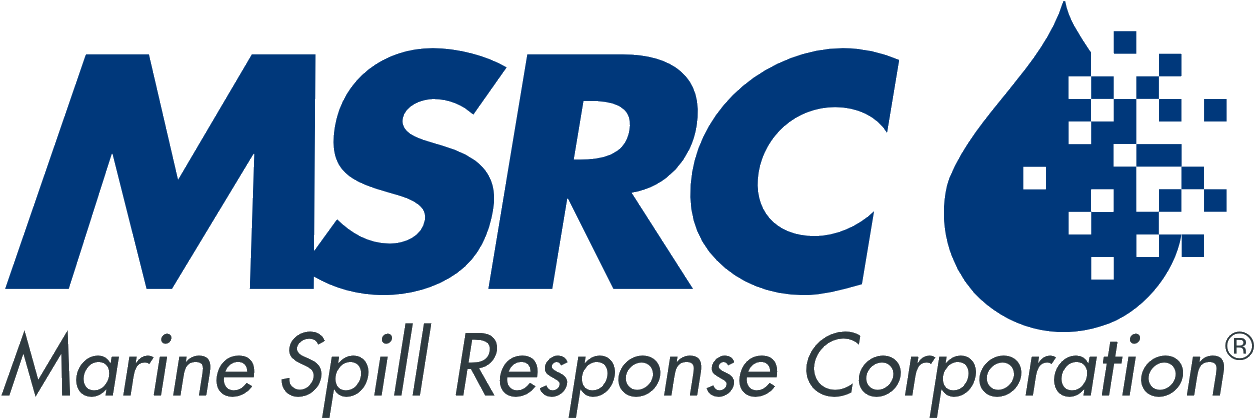When catastrophic hurricanes, floods or other incidents occur, MSRC personnel, equipment, crisis management systems and advanced telecommunications capabilities are available for service. In addition, with the STARs network MSRC is also capable of responding to a hazardous materials spill on a case-by-case basis.
MSRC assists the customer with the development of a telecommunication solution to meet unique response requirements and to get customers reconnected for business continuity and crisis management.
MSRC has provided telecommunications support for numerous oil spill and natural disaster incidents. Ranging in complexity from the deployment of a radio repeater and a few handheld radios to a full command center with nearly 100 telephones, internet access, and an extensive command and control radio network, MSRC provides highly trained technicians along with telecommunications equipment.
Emergency Communications Packages consist of:
- An over the road 45 ft Communications Suite and 40 ft support trailer - strategically located at MSRC sites in Edison, NJ; Miami, FL; Lake Charles, LA; Houston, TX; Long Beach, CA; Richmond, CA; and Everett, WA.
- Essential equipment, packaged in rack-mounted transportable containers that can be shipped via passenger air carriers as checked luggage, or by commercial overnight shipping companies.
- Telephone and Internet connectivity via a dedicated Ku Band satellite link that MSRC leases on a 24/7/365 basis.
- Additional satellite bandwidth or a unique coverage footprint may be accommodated via the satellite spot market on a first come first serve basis, dependent upon availability and situational requirements.
The Compact Rapid Deployable (CRD) is a Cell on Wheels (COW) that provides high speed connect to the Internet using either cellular Band 14, Starlink, or Ka-Band satellite terminals. It generates an area of FirstNet cellular range up to 1 mile and Wi-Fi range up to 1000’, virtually anytime and anywhere. The CRD is easy to transport, and all services can be extended into a staging site or incident command center.
Visit the Equipment & Capabilities page to view a full list of resources available.
MSRC’s aerial surveillance platforms can be used to survey damage to operating assets like pipelines or storage terminals after a natural disaster. Our surveillance platforms have also successfully detected hot spots for volcanic lava flow or wildfires.
There are three aerial surveillance platforms:
- TK-7: An airborne sensor package including thermal infrared and multispectral sensors as well as an HD camera that can fly rights-of-ways for pipelines or forested areas near wildfires. Multispectral image data can be transmitted immediately following an overflight to make tactical response decisions.
- Aerostat: MSRC’s “Ocean Eye” surveillance platform consists of a thermal infrared sensor package coupled with an HD camera mounted on a helium balloon that can survey a designated area 24-hours a day. Our Aerostat has been used in terminaling facilities to survey impact to floating roofs caused by flooding. It has also been used to monitor potential surface leaks of subsea pipeline pipelines during remediation activities 200+ miles offshore.
- Drones: Very effective for surveying impact to shoreline and inland areas or facilities after a natural disaster, drones can be deployed where FAA restrictions allow.
MSRC has high volume industrial pumps that have been used in non-spill scenarios to drain flooded facilities and buildings after a natural disaster. MSRC deployed industrial pumps after recent hurricanes in Texas to drain flooded office buildings and facilities of MSRC customers.
MSRC’s 210 ft Responder Class vessel has served as a floatel following natural disasters, such as hurricanes. The berths accommodate up to 38 people and the vessel is equipped with a hospital, a large kitchen, cold storage, and telecommunications capabilities for WIFI and phone connectivity. The facilities and large deck space on the Responder Class vessels also make it an excellent mothership to launch on-water-recovery operations and serve as an offshore command center.

